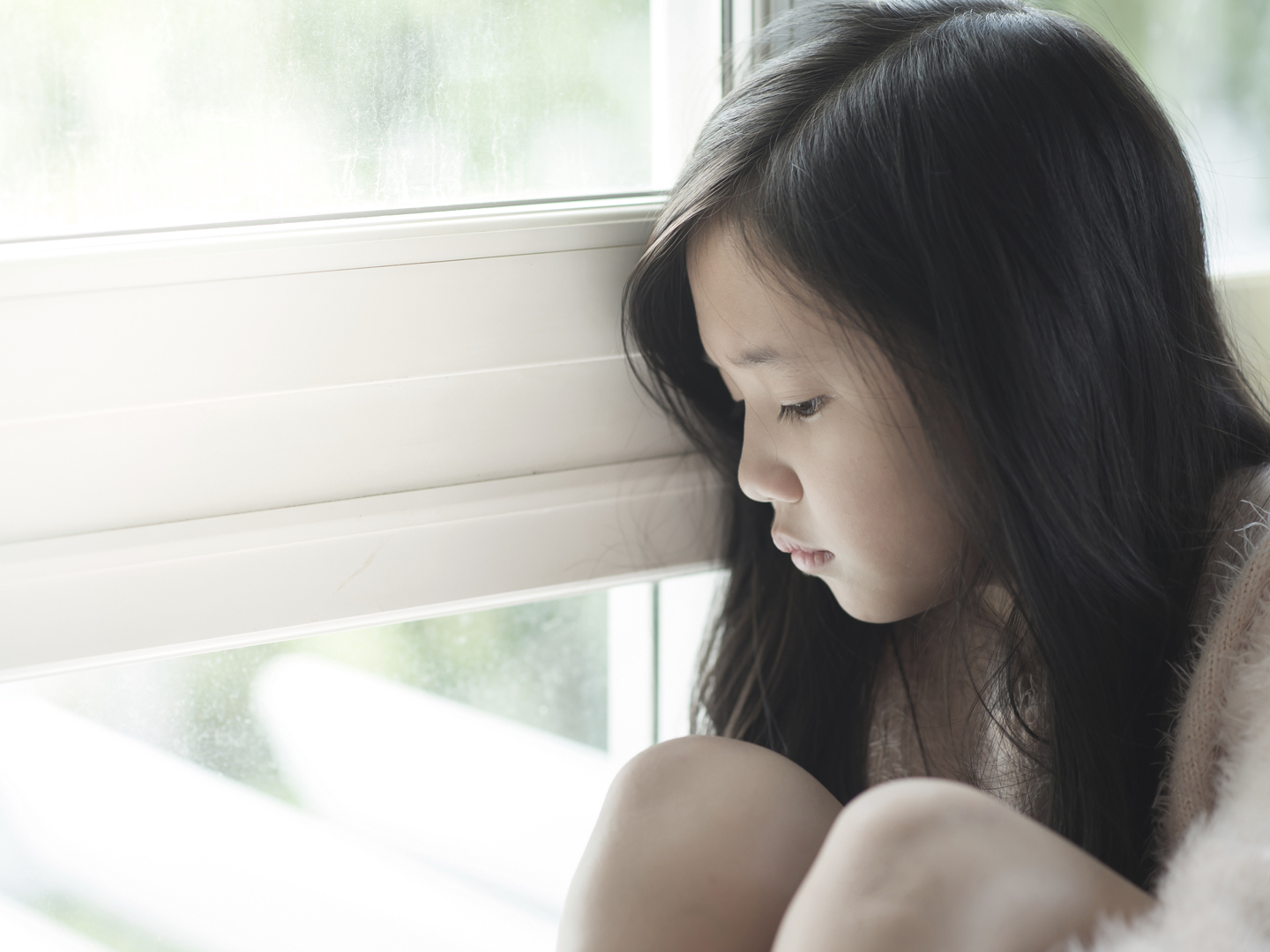
It is a new year, and there is a long winter ahead. The excitement of the holidays has come and gone, and families are back into their normal routines like work and school.
It’s no wonder that this is a hard time of year for many people. We feel a bit let down following Christmas festivities and family visits, and we are confronted with cold days and little sunlight.
We know it is common for adults to get the “winter blues,” labeled in clinical terms as Seasonal Affective Disorder (SAD), but what about our little ones — even babies and toddlers?
Romper reported on the possible causes of Seasonal Affective Disorder:
A contributor may be a drop in serotonin levels. Serotonin is often called the “happy hormone.” Serotonin is a brain chemical that affects so many cells in our body both directly and indirectly…Reduced sunlight in the fall and winter months can cause a drop in serotonin production which can trigger depression.
Another possible contributor is serotonin’s right hand hormone, melatonin. Melatonin’s nickname is the “sleep hormone.” It’s a hormone made in the brain that is also regulated by light and darkness. The National Sleep Foundation explained that melatonin production is activated at night usually around 9 p.m. Generally, melatonin levels rise and kids and adults begin to feel tired and not as alert. Melatonin levels remain high for about 12 hours and wear off around 9 a.m.
The Mayo Clinic explained that SAD can cause symptoms including depression, fatigue, sleep issues, changes in appetite, or crankiness.
It would make sense that children could be affected by SAD, perhaps even more so than adults. With reduced daylight hours in the winter, our bodies’ hormonal levels can be impacted, leaving kids more tired, moody, and sluggish.
Because children need more sleep than adults and are not able to be as physically active outside in the wintertime, their energy levels and mood are likely to drop.
In recent years, pediatricians have been more aware of the possibility of SAD in school-age children, but it is difficult to diagnose, making it important to rule out any other possible physical or mental illnesses.
And what about the occurrence of SAD in babies and toddlers? The fact is that while pediatricians acknowledge the possibility of the disorder appearing in the very young, it is rarely diagnosed.
The inability of babies and toddlers to communicate their feelings or assist their doctor in establishing a pattern of depression makes it difficult to establish the criteria for which SAD is typically diagnosed. With that said, it does happen.
Romper continued:
NYC-based therapist Kimberly Hershenson, LMSW, tells Romper it is definitely possible for even toddlers to be affected by this particular form of depression. “Shorter days, chillier weather, and disruption in schedules can all contribute in some form or another to SAD, even in a toddler,” she confirms. “Symptoms include difficulty sleeping (either insomnia or wanting to sleep more often during the day), changes in appetite (either loss of appetite or weight gain due to increase in appetite), anxiety, and continuous feelings of sadness.”
According to the American Academy of Pediatrics, there’s no definitive measure to tell how, what age, or whether SAD can affect babies at all. The organization further explained that it isn’t easy to diagnose SAD in a child, because doctors need time to determine a pattern of depression. They also explained that to diagnose SAD in a child, doctors need to ask the child questions to determine their mood and level of anxiety or depression, which is impossible to do with a baby who can’t speak and communicate their feelings.
“The main advice I would give parents if they are concerned about SAD in their baby or young child,” suggests Carroll, “is to go to the pediatrician for a medical work up, because SAD is a self-limited condition (meaning it gets better in the spring) and you don’t want to miss a more serious medical condition.” He says that he has found everything from low thyroid, diabetes, immunodeficiency, obstructive sleep apnea, and enlarged tonsils, along with chronic viral infections, autoimmune disorders, and even cancer in some of his suspected cases.
If you feel that your baby or toddler is more fussy than usual or is unable to keep their usual sleep routine, it is a good idea to bring up the possibility of SAD with your pediatrician.
And older children, especially, may exhibit the same seasonal symptoms as adults. If your older child or teen is fatigued, having difficulty concentrating in school or on homework, or is disinterested in their normal activities, it is important to address the possibility of SAD if typical signs of illness are not present – especially if you notice it occurs in the winter months.
Although it is rare in very young children, if you have ruled out everything else with your pediatrician, it is possible your child may be suffering from the “winter blues” like the rest of us.
To help your child through the long, cold winter months, make sure they stay on a good sleep routine. Invest in some room-darkening curtains to ensure they are able to sleep past sunrise and make sure they get some outdoor activity. Even in the cold, it is important for little ones to bundle up and get some sunshine!
Be sure to visit Mommy Underground for the latest seasonal tips and ideas to keep your family healthy this winter:
Are you or your child exhibiting symptoms of Seasonal Affective Disorder? What do you do to combat the “winter blues” in your family? Leave us your thoughts in the comments.
